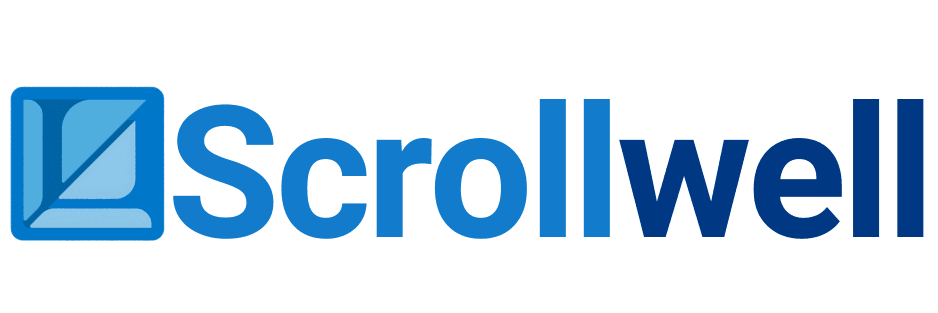Trends in ATAL FDP Proposal Formats for 2025
The ATAL FDP proposal format has evolved to reflect changing priorities in higher education. AICTE’s ATAL Academy is increasingly focusing on future-ready skills, technology adoption, and measurable outcomes. For faculty and institutions, understanding these trends is key to submitting impactful proposals.
1. Emphasis on Emerging Technologies
In 2025, proposals highlighting AI, machine learning, blockchain, and sustainability are receiving more attention. ATAL Academy wants FDPs that prepare faculty for the next wave of innovation.
2. Interdisciplinary Collaboration
Proposals that showcase joint efforts between departments or even across institutions are being encouraged. This highlights knowledge sharing and diversity in academic delivery.
3. Outcome-Based Approach
The new ATAL FDP proposal formats expect clear and measurable outcomes—moving beyond generic knowledge sharing to skill development, research output, or classroom innovation.
4. Hybrid and Digital Learning Models
The pandemic accelerated the adoption of hybrid learning. Many successful proposals now include blended delivery formats, combining in-person workshops with online sessions.
5. Sustainability and Inclusivity
AICTE is encouraging proposals that are environmentally sustainable and inclusive, ensuring participation from diverse backgrounds, including rural faculty members.
How Institutions Can Adapt
- Regularly review AICTE’s official ATAL Academy guidelines (AICTE ATAL Portal).
- Align proposals with NEP 2020 goals.
- Use digital tools for program delivery and assessment.
Scrollwell’s Insights
At Scrollwell, we’ve observed that the most successful FDP proposals in 2025:
- Blend academic depth with practical application.
- Emphasize AI-powered teaching methods.
- Include structured feedback mechanisms for continuous improvement.
We’re also hosting upcoming FDPs designed with these evolving trends in mind. Explore our calendar at Scrollwell Programs.
Conclusion
The ATAL FDP proposal format is not static; it adapts to national education priorities. By staying updated with these 2025 trends, institutions can draft proposals that not only gain approval but also create meaningful impact for faculty and students.
Join the Scrollwell WhatsApp Community
Get timely updates on faculty jobs, FDPs, research opportunities, and professional development resources. Connect with a growing network of educators across India.
Join WhatsApp


